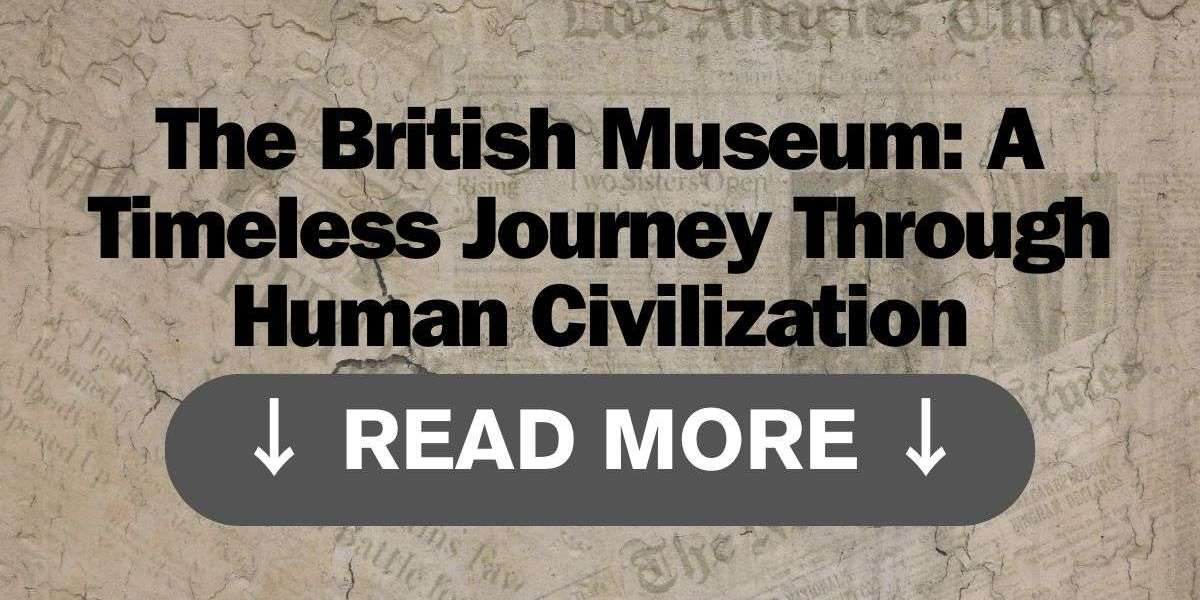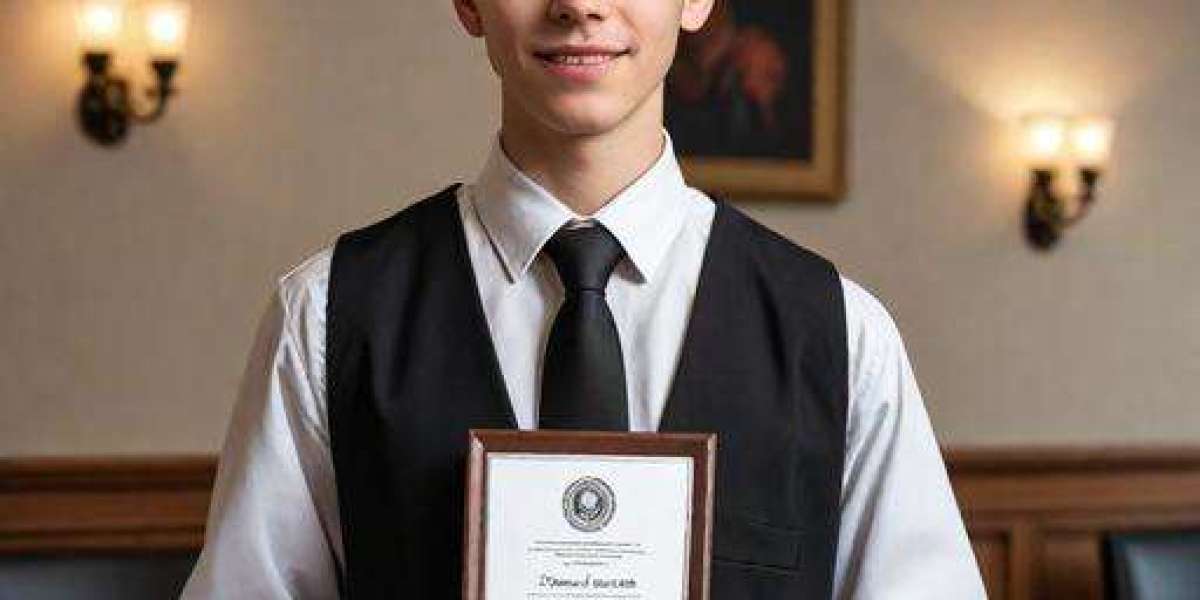Where Two Million Years of History Live Under One Roof
Stepping into the British Museum in Bloomsbury feels like entering a vortex of human achievement. With over 8 million artifacts spanning two million years of history, this iconic institution isn’t merely a museum—it’s a time machine connecting continents, cultures, and epochs 711. Founded in 1753 through the bequest of physician Sir Hans Sloane—whose 71,000 curiosities formed its nucleus—the British Museum pioneered a radical idea: a national collection "freely open to all studious and curious persons" 715. Today, it draws 6.5 million annual visitors, making it the UK’s most popular attraction 11, yet its grandeur extends far beyond footfall.
The Architecture: A Palace of Knowledge
The neo-classical edifice dominating Great Russell Street tells its own story. Architect Sir Robert Smirke’s Greek Revival masterpiece, built between 1823–1852, replaced the original Montagu House 911. Its most breathtaking feature is the Queen Elizabeth II Great Court—Europe’s largest covered public square. Enclosed by a stunning tessellated glass roof (3,312 unique panes), this 2-acre space centers on the circular Reading Room, where Karl Marx penned Das Kapital and Gandhi studied law 1114. The courtyard’s blend of light and shadow mirrors the museum’s mission: illuminating humanity’s shared heritage 14.
Unmissable Treasures: A Global Odyssey in 10 Objects
With only 1% of the collection displayed (≈80,000 objects), navigating the British Museum demands strategy 10. These masterpieces anchor any visit:
- The Rosetta Stone (Room 4): This 196 BC granodiorite slab, inscribed in hieroglyphs, Demotic, and Greek, unlocked ancient Egypt’s secrets. Captured from Napoleon in 1801, its decipherment by Champollion in 1822 revolutionized archaeology 1015.
- Parthenon Marbles (Room 18): Controversially removed from Athens by Lord Elgin (1801–1812), these 5th-century BC sculptures embody Classical Greece’s aesthetic peak. The frieze’s galloping horses and draped gods remain fiercely debated symbols of cultural repatriation 715.
- Egyptian Mummies (Rooms 61–64): From "Ginger" (a 5,400-year-old naturally preserved body) to the gilded coffin of priest Hornedjitef, these exhibits explore beliefs in the afterlife. Interactive displays reveal CT scans beneath mummy wrappings 1015.
- Assyrian Lion Hunt Reliefs (Room 10): Nineveh’s 7th-century BC alabaster panels depict King Ashurbanipal hunting lions—a ritual symbolizing royal power. The agony of pierced beasts contrasts with the king’s stoicism 1015.
- Lewis Chessmen (Room 40): Carved from walrus ivory in 12th-century Norway, these expressive figures (including a shield-biting rook) were found buried on Scotland’s Isle of Lewis, whispering tales of medieval trade 1215.
- Double-Headed Serpent (Room 27): Aztec artisans crafted this ceremonial pectoral from 2,000 turquoise mosaics. Serpents symbolized Quetzalcoatl, the feathered serpent god—a testament to Mexico’s pre-Columbian sophistication 1015.
- Sutton Hoo Helmet (Room 41): Unearthed in 1939, this 7th-century Anglo-Saxon relic likely belonged to King Rædwald. Its intricate battle scenes epitomize early medieval craftsmanship 1015.
- Ife Head (Room 25): This 14th-century brass sculpture from Nigeria shattered colonial myths. Its naturalism rivaled contemporaneous European art, proving West Africa’s artistic mastery 15.
Controversies and Ethical Crossroads
The British Museum’s legacy intertwines with empire, sparking ongoing debates:
- Repatriation Claims: Greece demands the Parthenon Marbles; Egypt seeks the Rosetta Stone; Easter Islanders petition for Hoa Hakananai’a (a moai statue). Critics argue these objects embody colonial plunder, while the museum cites preservation and accessibility 714.
- The Benin Bronzes: Looted during Britain’s 1897 punitive raid on Benin City (Nigeria), these brass plaques embody violence and cultural erasure. Recent agreements signal a shift toward restitution 11.
As scholar Sarah Agnew reflects: "The museum sparks debates on ownership—where does preservation end and appropriation begin?" 14.
Beyond Exhibits: The Museum as Living Space
- Enlightenment Gallery (Room 1): Housed in George III’s former library, this gallery showcases 18th-century scientific instruments and philosophical texts—a tribute to the Age of Reason that birthed the museum itself 14.
- The Great Court Restaurant: Dine beneath Foster’s glass canopy, surrounded by Roman statuary 1112.
- Late-Night Fridays: Quieter galleries and atmospheric lighting offer a contemplative experience 911.
Visiting Wisely: Pro Tips
- Timing: Arrive at 10 AM on weekdays to bypass crowds. Avoid weekends and school holidays 911.
- Tours: Download the audio guide via Apple Music/YouTube, or book Context Travel’s private tours for deeper insights 1112.
- Accessibility: Free wheelchair loans, tactile tours, and BSL-signed tours ensure inclusivity. Avoid galleries 16, 20a, and 95 for step-free access 11.
- Hidden Gems: Seek the Nereid Monument (Lycian tomb, Room 17) and the Coins & Medals collection 1215.
Conclusion: An Eternal Dialogue
The British Museum remains both monument and mirror—reflecting humanity’s brilliance, brutality, and boundless curiosity. As artifacts whisper stories from Sumer to Samoa, they challenge us: Who owns history? How do we honor the past while forging an ethical future? For now, this colossal cabinet of wonders stands free to all, inviting every visitor to join a conversation spanning millennia. In its halls, we don’t just observe history—we become part of its unfolding 71415.
"The British Museum is a place where the world comes to seek understanding. Its collections are a common inheritance—not of one nation, but of humanity." — Former Director Neil MacGregor



